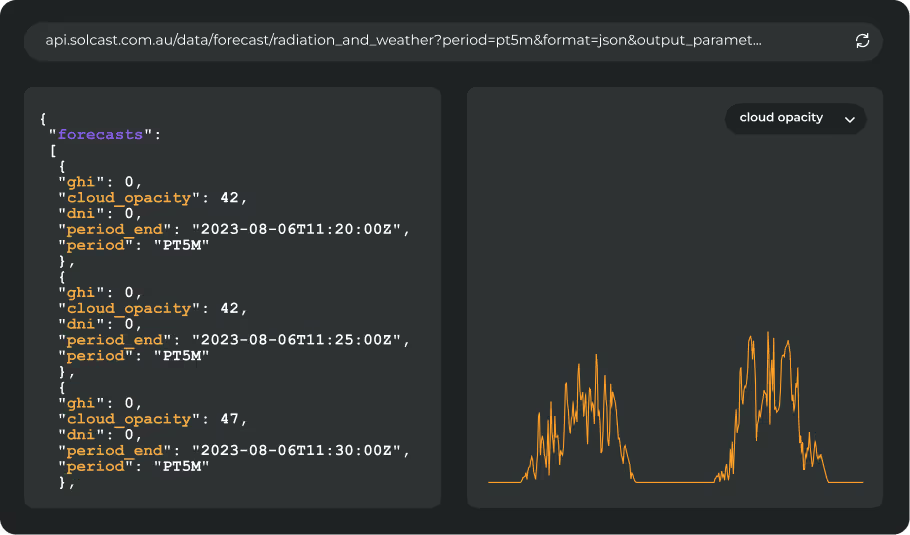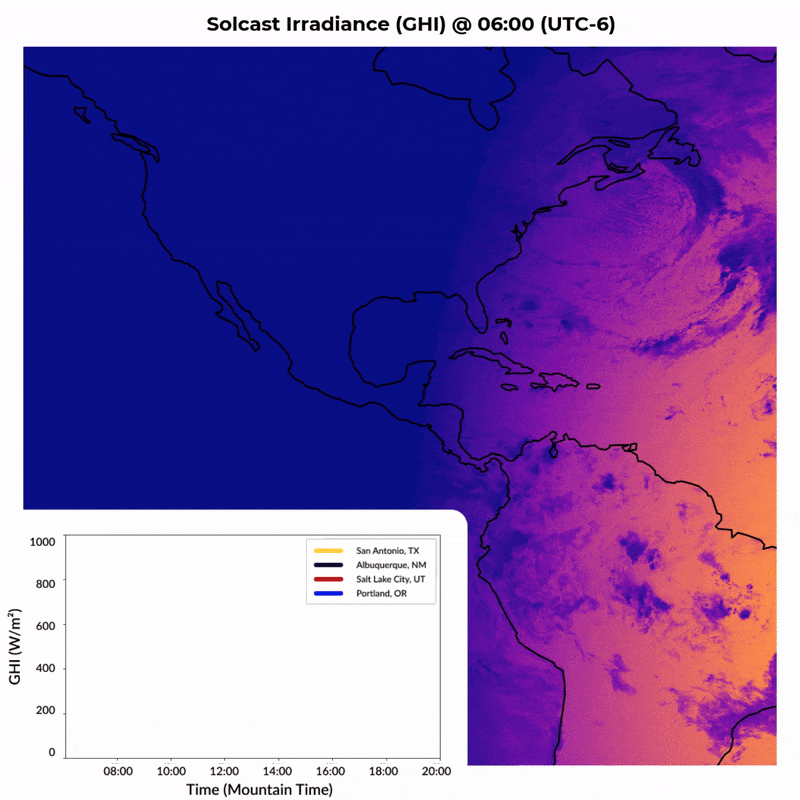The much anticipated eclipse this weekend has tested Grid operations across the US and Central and South America. Many grids in the US were treating this as a pre-run for the April 2024 Total Eclipse. Both CAISO and ERCOT had detailed plans in place, with the biggest impact felt in ERCOT as the eclipse hit in the middle of the day.
How does an eclipse affect solar production?
As you might imagine, an eclipse significantly impacts irradiance. As the moon obscures the sun in the sky, it also obscures the radiation from the sun, though the degree to which irradiance is blocked depends on your position and whether you are in the main path of the eclipse. We detailed the models behind calculating that position and the corresponding impact during the total eclipse earlier in 2023. This eclipse is an annular eclipse, meaning that the sun is not totally obscured and irradiance does not drop to zero, but the impacts are still significant, as shown in this visualization of the impact on clearsky irradiance.

On Saturday, the weather was relatively clear in the areas that experienced the biggest irradiance drop in the US, with little cloud from Utah to Texas. Portland experienced the eclipse early in a cloudy day, so overall effect there was limited.
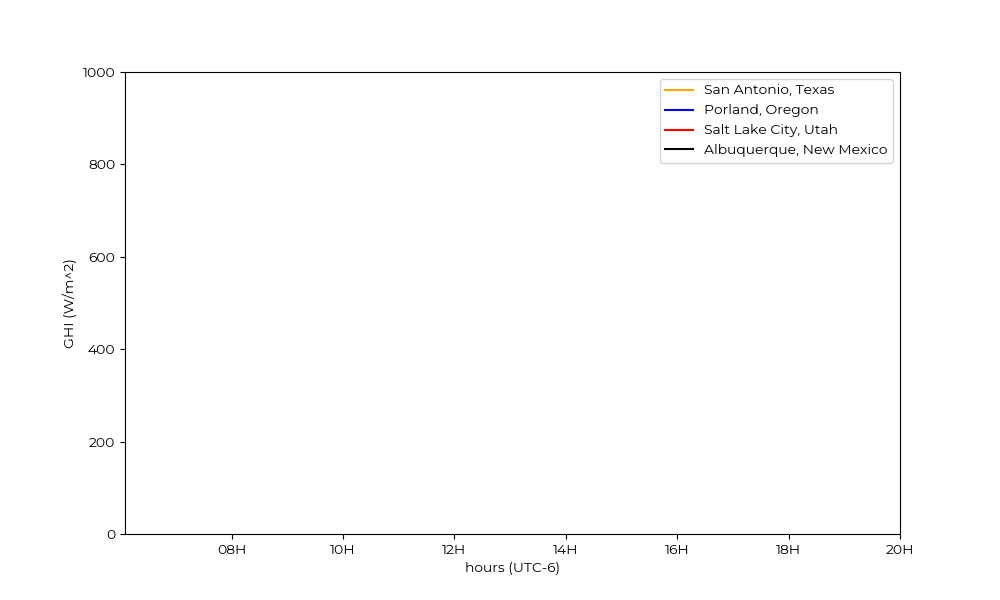
How does an eclipse affect the grid?
Events like this weekend show the importance of building resilience into a renewable powered grid. As we increasingly harness the weather as fuel to power the grid, we need to actively manage the variable nature of the weather. Whilst eclipses only occur a few times a year, grids do see significant solar power drops when large clouds pass over solar assets on a clear day. Grid operators actively manage these events through detailed forecasting, but as the Solar and Renewable share of grid load increases, the importance of accurate near term forecasting increases.
Grid Operators are already using behind the meter solar forecasting to manage household energy demand in markets with developed residential solar markets. and a resilient grid with storage or on demand generation (including batteries, hydro, other storage methods) are important.
US Impact
Both ERCOT and CAISO met the drop in demand predominantly with natural gas generation, though CAISO data also shows imports and storage making up some of the difference. Connected grids with the ability to import and export and supported by local intra-day storage, as is commonly installed at solar + storage ‘hybrid’ plants are good examples of resilience built in to manage and maximise the efficiency of energy generated at renewable plants.
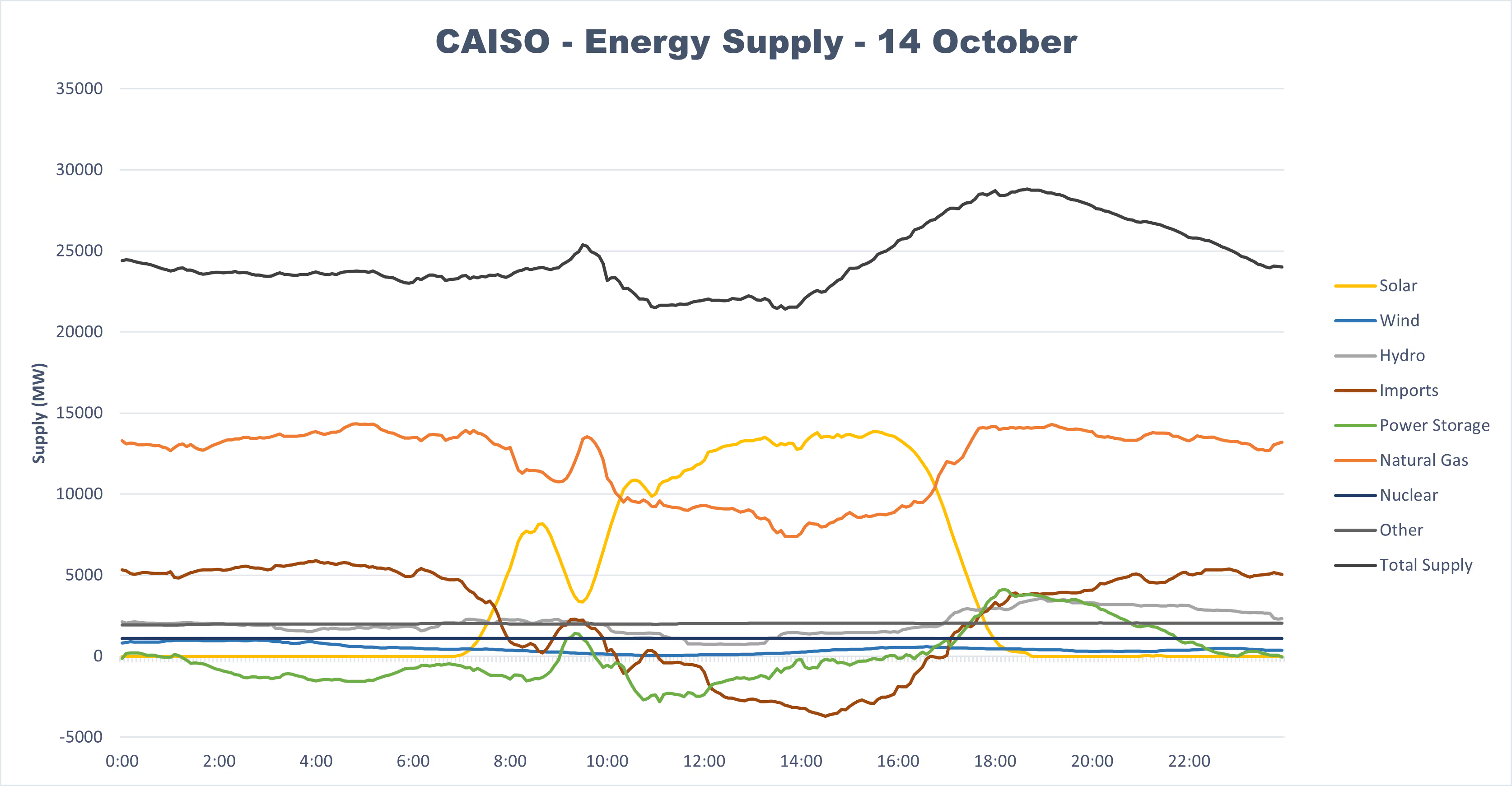
Source: California ISO
CAISO saw spike in demand as the eclipse hit, likely due to the high percentage of houses with residential solar.
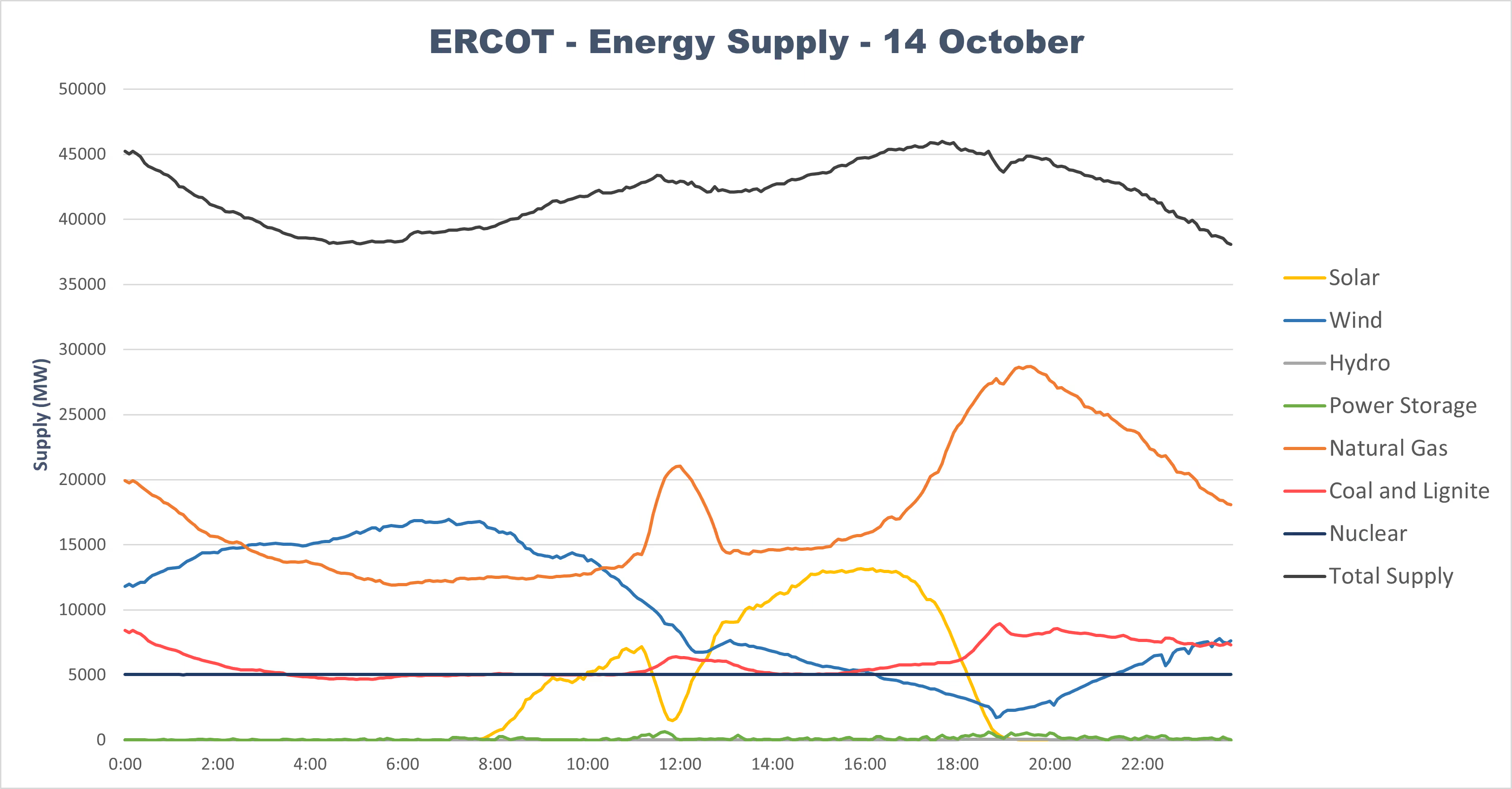
Source: ERCOT
ERCOT saw less solar production in the grid prior to the eclipse than was expected based on the weather conditions. Solcast's grid forecast indicated that there was enough irradiance for utility scale solar across the grid to be generating 10GW, as it was later in the afternoon. It is possible utility scale solar was intentionally curtailed, to limit the effect of ramping during the eclipse.
Central and South America Impact
Cloud impacted Central and South America much more than the US, which will have made it harder to see the eclipse for many in the region. Irradiance was still significantly impacted, with drops being registered across the board. The overall drop in solar generation will have been reduced, because the pre-eclipse generation was already impacted by clouds, but the grids in each country will still have noticed a spike in residential demand, and decrease in generation from utility scale assets.
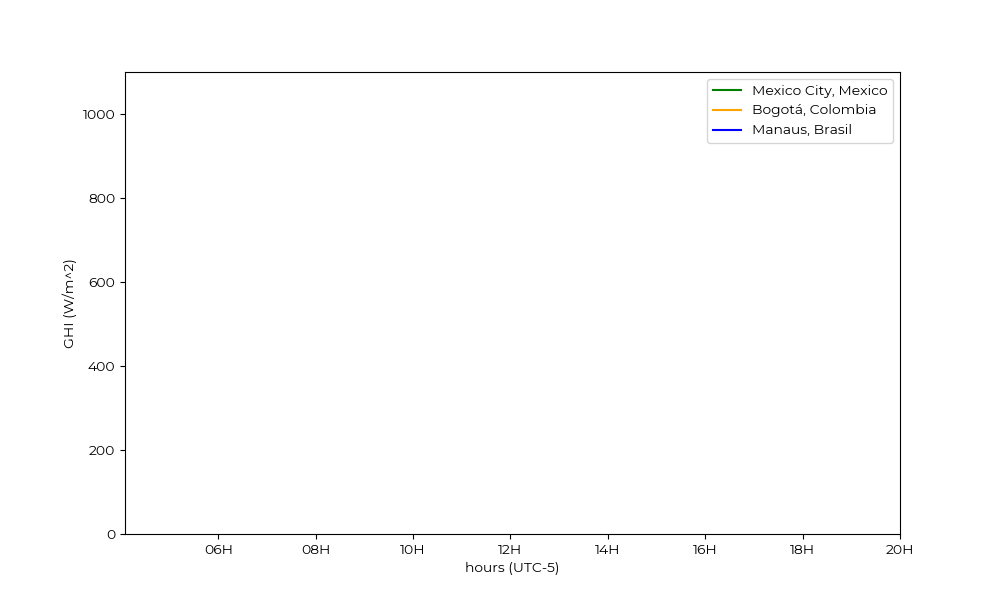
To analyse the impacts of the eclipse for your assets, create a Solcast Toolkit account and review the recent data for your location.








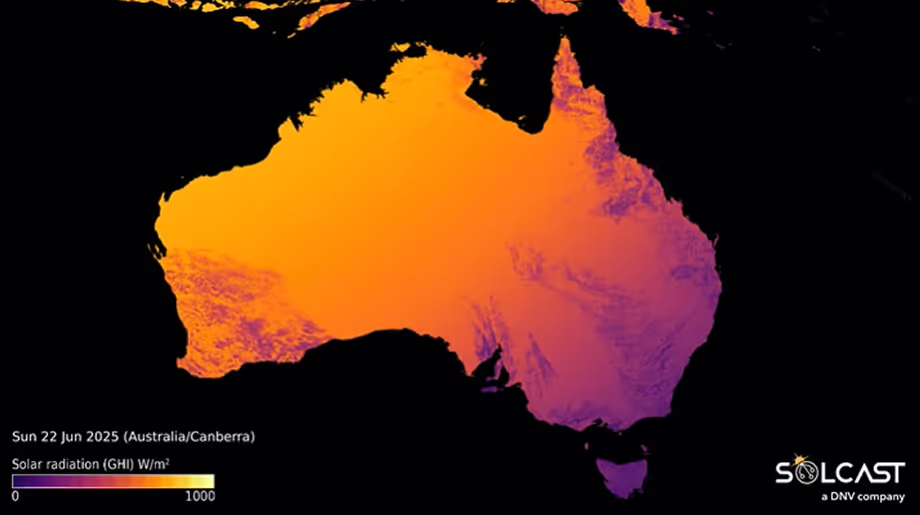
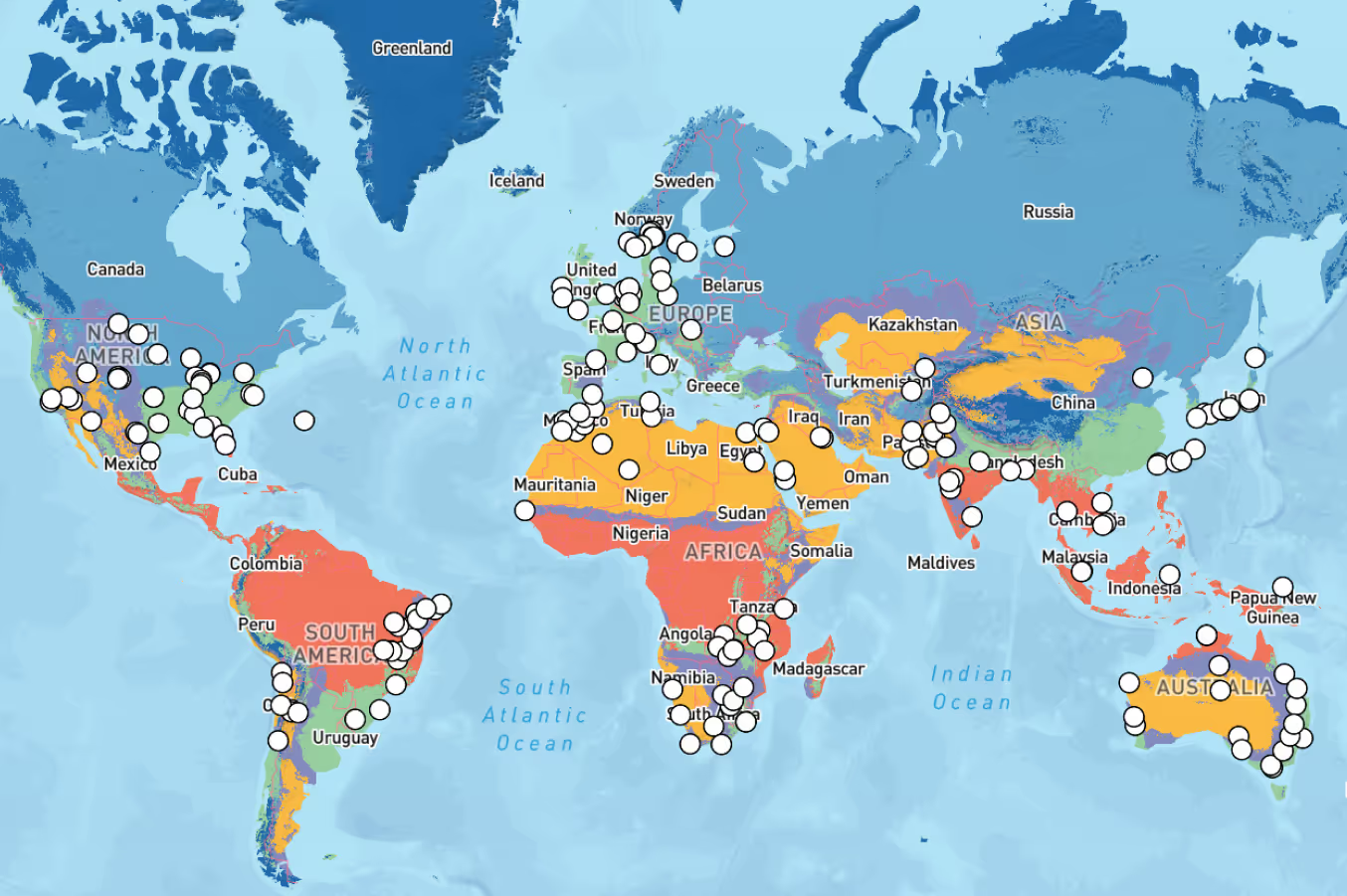
.avif)
